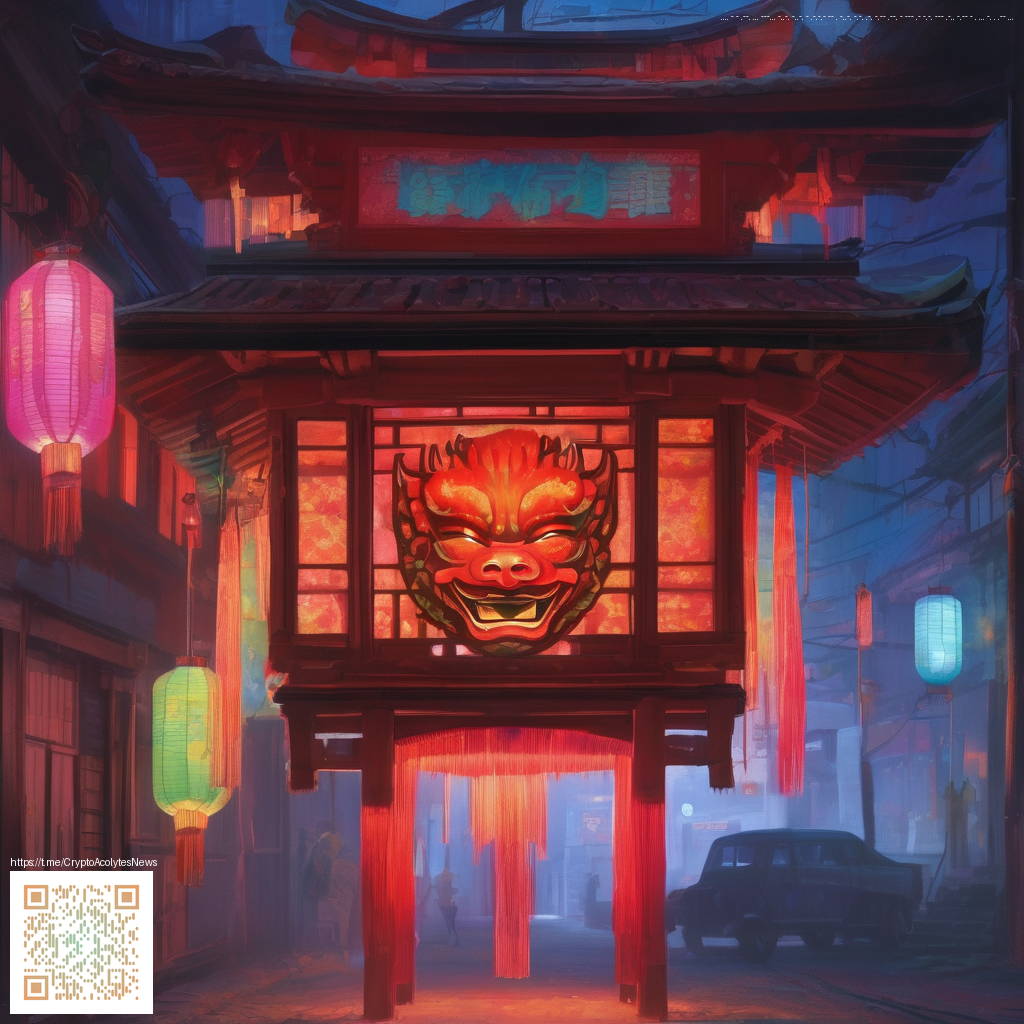
Subtle shine on digital paper isn’t about bright reflections or loud accents. It’s a measured touch that enhances depth, guides the viewer’s eye, and preserves readability across contexts—whether you’re building a social asset, a website background, or a print-ready texture. The goal is to create a sense of tactile realism without competing with content. When done correctly, the shine feels like a natural part of the material, elevating the design rather than dominating it.
Understanding Subtle Shine on Digital Paper
Think of subtle shine as a quiet handshake between light and texture. It can simulate a gentle gloss, a barely-there gloss of waxed paper, or a fine weave that catches light differently as the viewing angle shifts. The trick is to keep the effect within tight bounds—tiny highlights, restrained contrast, and consistent behavior across color variations. This restraint helps maintain legibility while still delivering that polished, professional look.
Techniques at a Glance
- Soft gradient overlays using Soft Light or Overlay blending modes to create a diffuse glow that follows the texture’s contour.
- Specular highlights in small, localized areas with a delicate brush; keep opacity low and avoid hard edges.
- Micro-texture and grain at very low opacity to simulate fibers or paper particles without introducing noise that disrupts content readability.
- Color-tinted highlights subtle hints of color (warmth for stock, cool tones for modern tech) to reinforce mood without color clashes.
- Edge and corner emphasis a gentle light sweep along edges to provide depth without creating glare on important elements.
Practical Workflow for Designers
Begin with a solid base texture that the audience will recognize. Then, add a soft highlight region—think of an elongated oval or a gentle sweep—that follows the natural light direction you envision for the piece. Use a low-opacity white or light tint with a Soft Light blend to let the shine breathe. Layer a tiny amount of grain or micro-noise to anchor the texture, but keep its presence non-intrusive. Always preview the texture against the darkest and the lightest areas of your layout to ensure the shine remains confident yet discreet. When you’re satisfied, export a version that maintains the texture’s integrity—PNG is a good choice for web, especially if you plan to reuse the texture across different backgrounds.
“Subtle shine should enhance the texture’s character without stealing attention from the content.”
On-the-Go Design and Gear
Working on a busy schedule means you need reliable gear that won’t slow you down. If you’re testing on the move, a rugged, protective setup can make all the difference. For instance, a rugged case designed to shield your device—like the Rugged Tough Phone Case—lets you carry your ideas wherever inspiration strikes without fretting over accidents. The ability to sketch, tweak, and compare textures in different lighting while your device stays safeguarded adds practical momentum to your workflow.
Tuning for Different Mediums
Texture work isn’t one-size-fits-all. Digital paper destined for a bright UI background behaves differently from print previews or social thumbnails. To maintain subtle shine across mediums, monitor the texture at multiple scales and against various backdrops. If your design will live on dark interfaces, reduce the highlight’s intensity and width; on light backgrounds, you can afford a touch more glow but still keep it restrained. In print workflows, ensure the shine translates under CMYK conditions and that the tonal range preserves legibility in smaller sizes.
Consistency matters. A little shine should feel deliberate and repeatable, so document your blending modes, opacity ranges, and light directions. This makes it easy to apply the same treatment to multiple textures or iterations, ensuring your digital paper always reads as polished and cohesive.